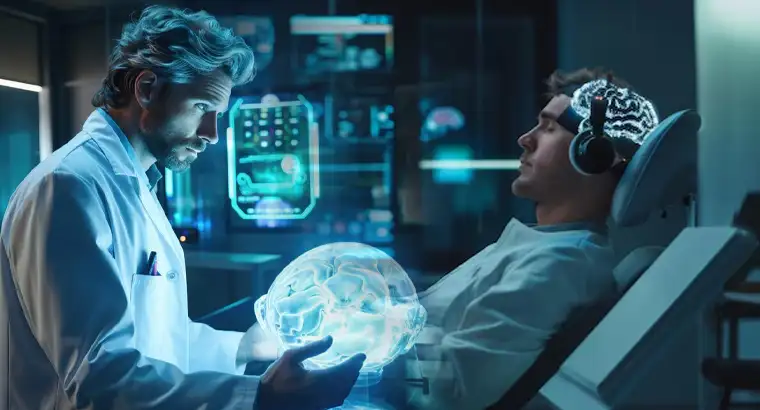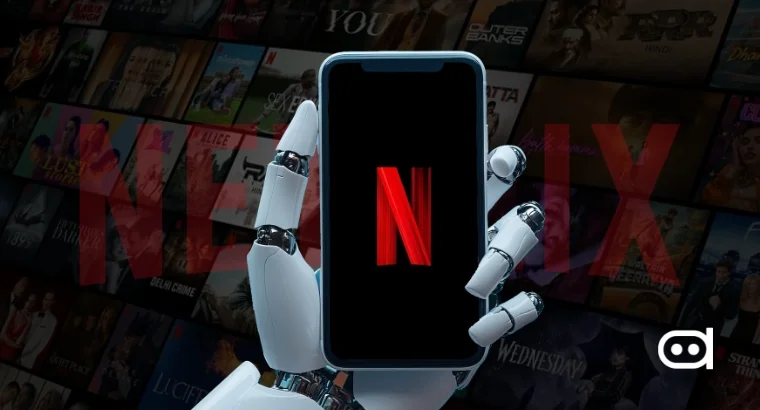
A spectacular video demonstrating the real-life simulation of a head transplant by the world’s first fully autonomous robotic surgeons is getting around online and inspiring awe and controversy at the same time. The seemingly futuristic video, showing two robots suggestively removing a head from one robotic body and skillfully transplanting it onto another, can be seen below. However, this is not just an imaginative concept but a real-life endeavor undertaken by a newly unveiled firm known as BrainBridge, which is a startup that is intended to develop the first genuine head transplant technology in the United States.
BrainBridge, which deals with neuroscience and biomedical engineering, promises to create a unique method to treat diseases or offer patients a second chance in life to people with terminal diseases or severe conditions. This groundbreaking process has the potential to ensure that those struggling with stage-4 cancer, paralysis, Alzheimer’s, and Parkinson’s diseases get a second shot at life. This is primarily a medical procedure, where with the patient’s head, the rest of his body is taken from a body that has been certified as brain dead, and the idea here is to sustain the mind, memory, personality, and so on.
The public reaction to the video has been mixed, with many people taking to social media to discuss the ethical implications of getting the surgery done. Some have expressed their concerns regarding possible misuse, and others have gone as far as posing ethical questions regarding the use of human intervention in creation. One user wrote sarcastically and said they could not imagine how this technology could be used ethically. One person told me that man will never be able to replace God as the ultimate creator. However, fears were raised regarding access, as one of the participants thought that only the rich could benefit from this innovation.
While the scientific community has not officially reacted to BrainBridge’s announcement, it is important to note that the technology of using brain signals for communication has been introduced previously. Other companies like Neurable, Emotiv, Kernel, and NextMind have developed similar products. Similarly, other players in the market, like Elon Musk’s Neuralink, have also made headlines with their new inventions, including using a computer chip in a paralyzed man’s brain.
As their head of the project, Hashem Al-Ghaili BrainBridge has stated that their striking project will see them harness technology to protect the brain cells during the transplant. This will involve fast robotic technology enhanced by sophisticated artificial intelligence to facilitate the interaction between the newly transplanted head and the new body. Al-Ghaili also mentioned that their team had developed a chemically adhesive and polyethylene glycol to help rejoin any nerve cuts during the surgery.
As reported by Samaa TV, Al-Ghaili went on to say that the whole idea of Bainbridge has been invented and designed in a way that has received much scientific attention. He spoke more about the startup concept. He characterized his company as firmly committed to going the extra mile, beyond conventional medicine, to provide adequate solutions to individuals with life-threatening diseases.
Al-Ghaili further says that if these feasibility tests are positive, it is pretty likely that the first human head transplant might be done in the next eight years. It will provoke controversy and raise questions and concerns about the limitlessness of medical science and the very nature of the human individual. With this grand undertaking, we are pushed to rethink our dynamics on what it means for there to be advancements in medical fields and their effects on people.





